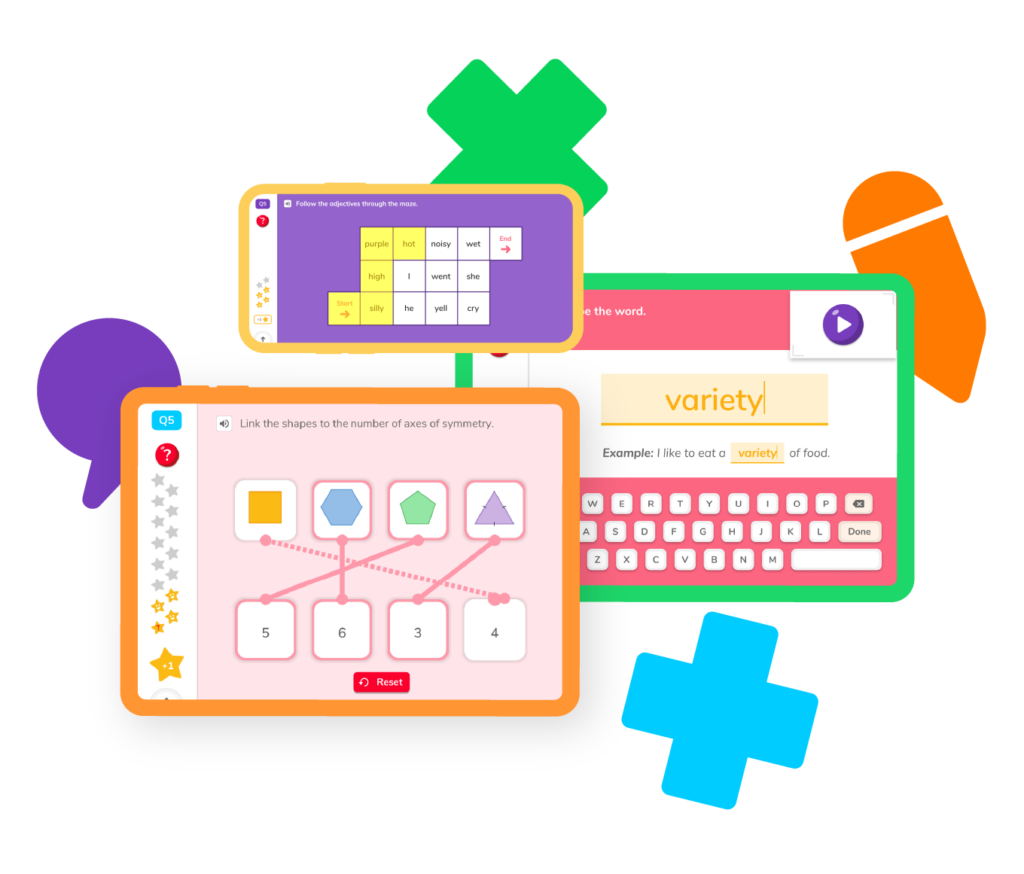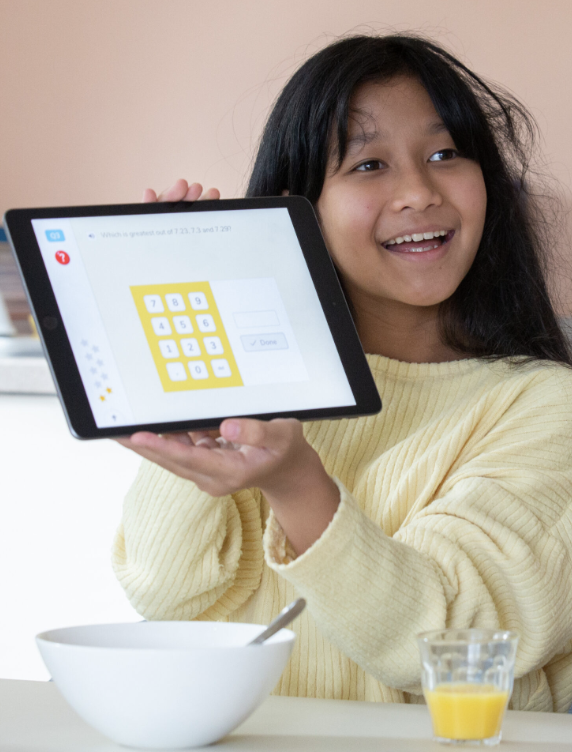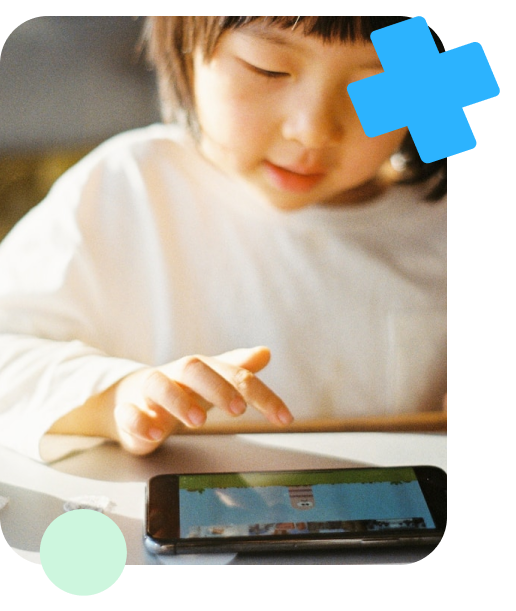Can you guess what £1.25 and 2.5 meters have in common? If you guessed they are both decimals, you are right! Anytime we want to represent numbers that are parts of a whole, we can use decimals. We want to learn how to use decimals well because we understand how important they are to our everyday life.

Learning how to use decimals is easy with the right tools. Choose a topic below to explore our step-by-step guides and have a go at some practice questions, all created by our team of teachers and education specialists!
Learn what ‘place value’ is, how to round decimals and how to use a place value chart
Practice multiplying decimals by whole numbers, other decimals and by 10, 100 1000
In this handy guide, discover how to divide decimals by whole numbers and other decimals
Learn what ‘place value’ is, how to round decimals and how to use a place value chart
Practice multiplying decimals by whole numbers, other decimals and by 10, 100, and 1000
In this guide, discover how to divide decimals by whole numbers and other decimals
Take your knowledge to the next level by discovering how to subtract decimals
Learn how to convert decimals to fractions simply by reading them!
Take your knowledge to the next level by discovering how to subtract decimals
Learn how to convert decimals to fractions simply by reading them!
Take your knowledge to the next level by discovering how to subtract decimals
Learn how to convert decimals to fractions simply by reading them!
Want to learn more about decimals? DoodleMaths is an award-winning app that’s filled with fun, interactive questions covering the whole primary curriculum!
Powered by our award-winning algorithm, it creates every child a personalised work programme tailored to their needs, boosting their confidence and ability in maths.
It’s fully aligned to the curriculum, so you can rest assured that your child is covering everything the need to get ahead in school. And best of all, you can try it for free!

Decimals are any numbers that have a decimal point. For example, the number 32.5 is a decimal because there is a decimal between 2 and 5. The decimal point separates the whole number from the parts of the number that don’t add up to a whole.
Decimals are important because they’re used to show exact amounts. When measuring the height of a wall or the distance travelled, for example, the entire measurement needs to be represented. Decimals allow us to represent the parts that don’t make the whole and to get as close to the actual measurement as possible.
To read a decimal, you first need to understand decimal place value. When reading a decimal with a whole number, you read the whole number first. Then, the decimal point is read as the word ‘and’. Next, you read the entire number after the decimal point. Whichever place value the last digit is in, will be the place value word that is said when finishing the number.
For example, 4.365 is read as ‘four and three-hundred and sixty-five thousandths’.
One of the most common uses of decimals in real life is money. Whenever we write out the value of money using numbers, we use decimals. We also use decimals when measuring lengths and weights. If we measure the length of our garden, the distance of a street or the height of our siblings, we often get a number that isn’t whole. This makes decimals a helpful skill for everyone to learn!
Children start to learn about decimals in Year 4. They begin by being taught what a decimal is and the difference between whole numbers and decimals. They then explore the most common place values of decimals, which helps kids to read and round them.
In Year 5, learners expand their knowledge of decimals by learning how to answer decimal questions using the basic operations of adding, subtracting, multiplying and dividing. They also look at real-life word problems involving decimals and learn to convert decimals into fractions and fractions into decimals.
A decimal is a number used to represent parts of a whole. A decimal is sometimes written by itself, like the decimal .42, or is attached to a whole number like the decimal 5.42.
A decimal represents the parts of a whole that don’t equal a whole number but are important enough to be represented.
There are many examples of decimals! The most common decimals used in maths are .25, .50, .75, .33, and 3.14, as these decimals represent pi.
You read a decimal by understanding its place values. If you know the place values of a decimal, you can read it from right to left.
First, you read the whole number before the decimal, if there is one. Then you say the word ‘and’ for the decimal.
Next, you read the full number after the decimal point, followed by the place value of the last digit in.
For example, you would read the decimal 4.35 by saying ‘Four and thirty-five hundredths’.
It’s important to note that if there is no whole number before the decimal point, there’s no need to say the word ‘and’. Simply read the number after the decimal point followed by the place value word.
For example, the decimal .66 would be read as ‘Sixty-six hundredths’.
The three most common decimal places are the tenth place, the hundredth place and the thousandth place.
If you feel your child could benefit from place value practice, be sure to check out our maths app for lots of fun, interactive practice questions!


Parents, sign up for a DoodleMaths subscription and see your child become a maths wizard!

Book a chat with our team
If you’d like to use Doodle’s browser version, please visit this page on a desktop.
To log in to Doodle on this device, you can do so through our apps. You can find out how to download them here: